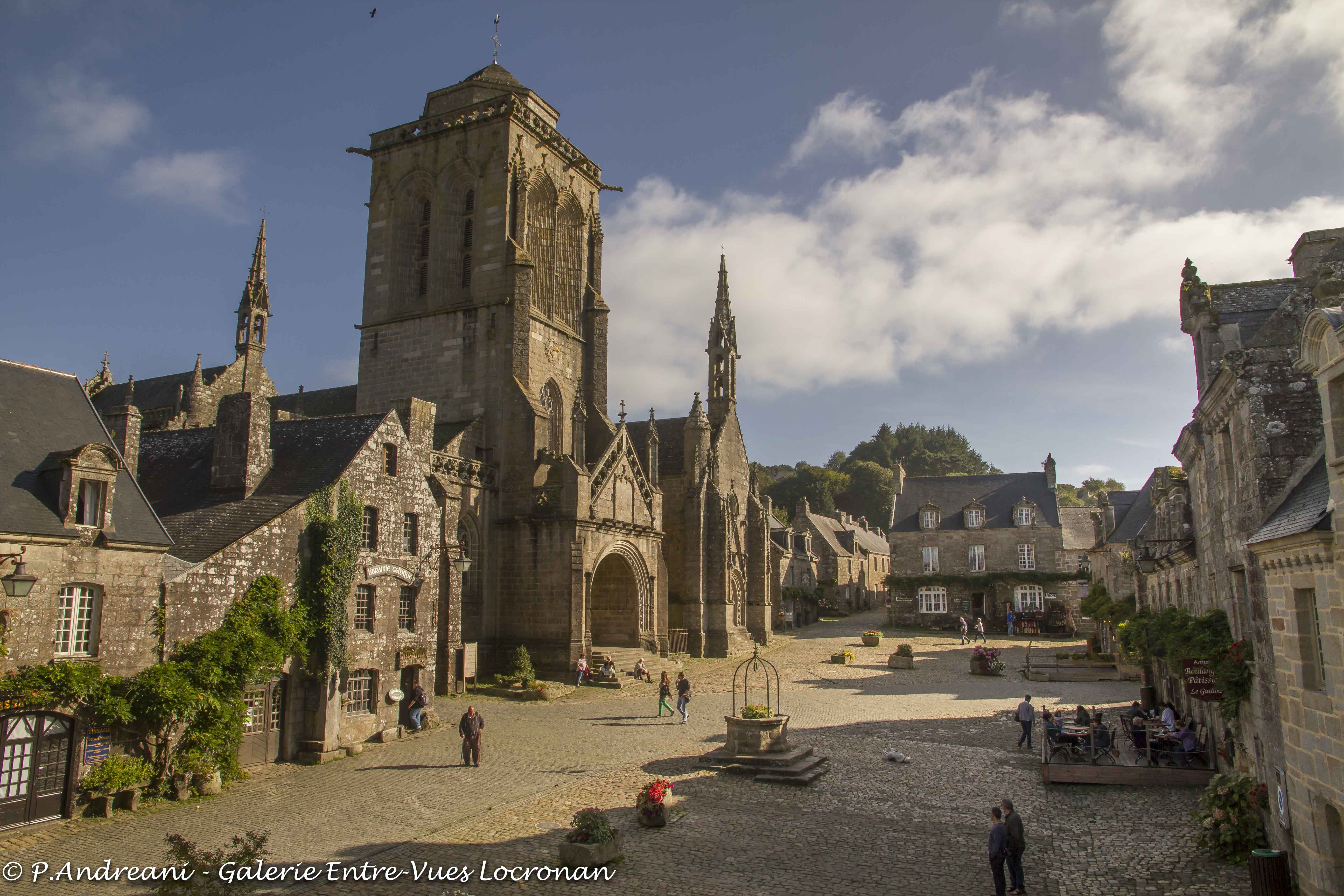From the Petite Cité de Caractère from Locronan to the historic port of Douarnenezretrace the history of the trade in sailcloth in Cornwall.
FROM LOCRONAN TO DOUARNENEZ, THE EPIC OF THE SAILCLOTH

From the 15th century onwards, Locronan hemp cloth was sold on the sailcloth market. The factory equips the largest ships in EuropeIn the main square, built in the 17th and 18th centuries, the rich houses of the cloth merchants, the cloth office, the hotel of the Compagnie des Indes, the controllers for the King remain. On the main square, built in the 17th and 18th centuries, the rich residences of the cloth merchants, the cloth office, the hotel of the Compagnie des Indes, the controllers for the King remain the great witnesses of this period.
At the end of the visit, weaving demonstration. Accompanied by a weaver, you will discover an 18th century weaving loom and many tools necessary for the textile work of hemp and linen.
Lunch in a crêperie.
The Port-musée, à Douarnenez, invites you to discover the history of a very old but still current profession, a profession between tradition and modernity. Du temps de la marine à voile, le gréement du bateau est son moteur. Les marins doivent pouvoir compter sur lui pour les amener à bon port. À la fois efficaces et résistantes, les voiles suivent les évolutions technologiques tant sur le plan des formes que des matières.
Visitez the rigging room of the Port Museum then direction la voilerie Fiacre à Tréboul où vous découvrirez les nouveaux matériaux et les techniques modernes.

Fish stocks are being depleted worldwide, with dramatic consequences for biodiversity and the economy. To remedy this situation, consume sustainably by diversifying species, by favouring fisheries that are concerned about the future of the sea, by not consuming endangered species and by ensuring that you eat fish of sufficient size.

